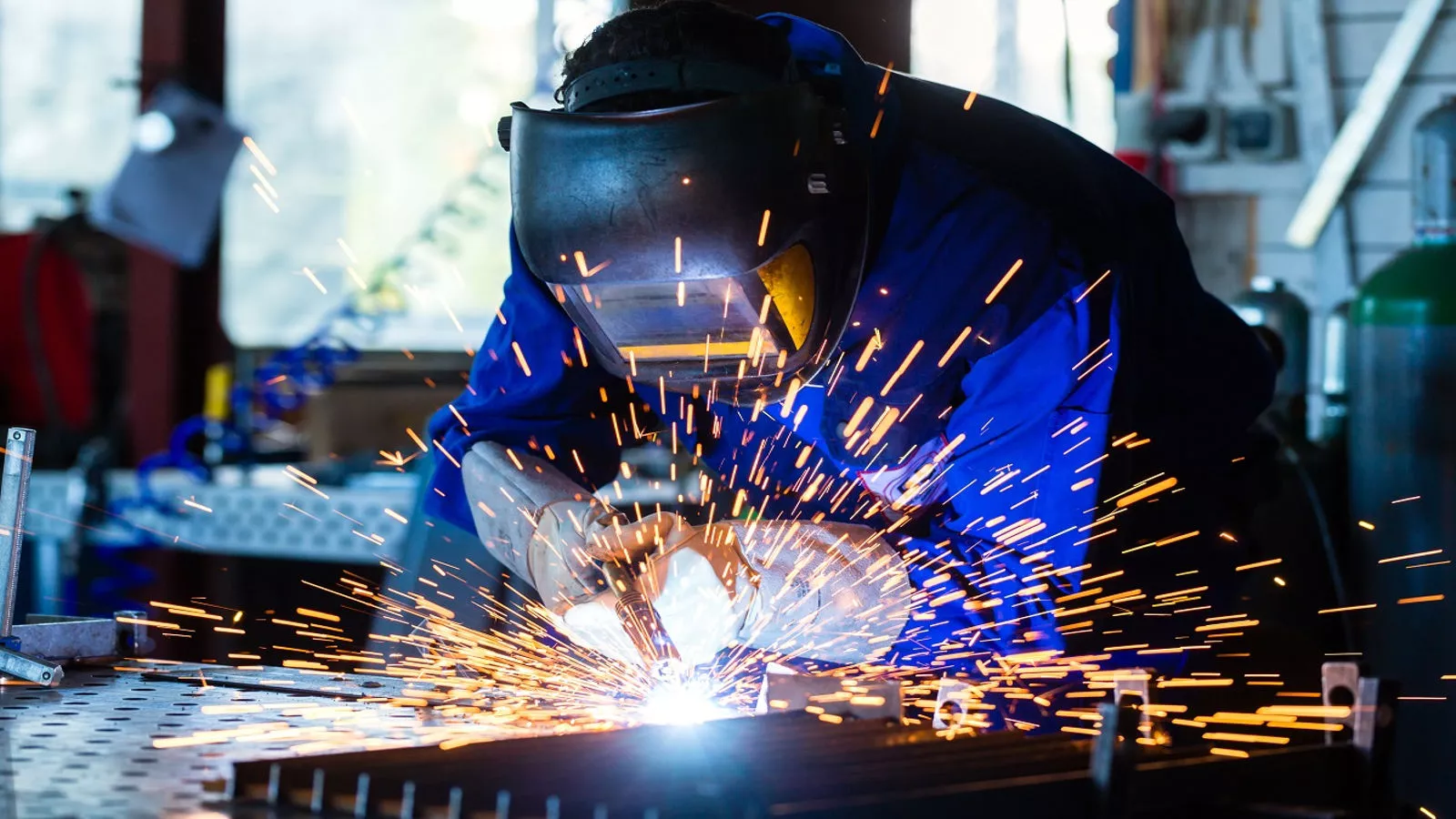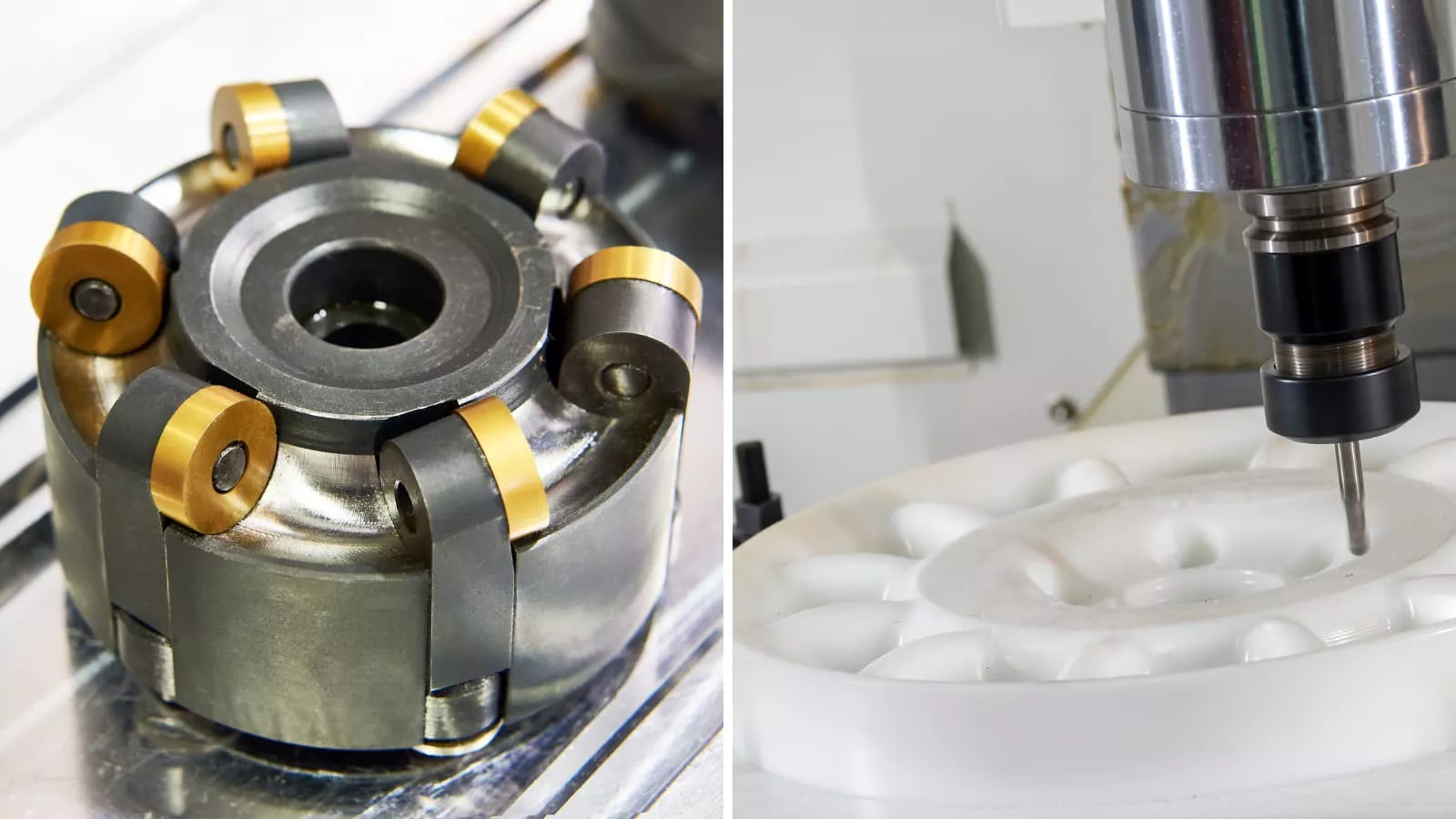In the medical field, when developing new products, precision, material compatibility and time are crucial. There, you need a method that supports medical-grade materials and produces quick results. One method that fulfills this criterion is vacuum casting.
This article highlights the use of vacuum casting for medical devices, mentioning advantages, specific applications, and materials suitable for making such medical products.
What’s Vacuum Casting?
Vacuum casting, a technique for manufacturing plastic prototypes, uses a silicone mold to produce small batches of similar products. The name “vacuum molding” comes from the casting process occurring under a vacuum, which eliminates air bubbles and ensures complete mold filling with the molten substrate.

The process starts with creating a master mold via CNC machining or 3D printing. After placing this mold in a vat, workers fill it with silicone. The silicone dries quickly, resulting in a mold suitable for plastic or metal casting under vacuum conditions.
One of the benefits of the process is its cost-effectiveness and time efficiency compared to other similar techniques such as plastic injection molding. It’s ideal for making prototypes.
Why Choose Vacuum Casting for Medical Device Manufacturing
The medical field is a very sensitive field where materials are chosen based on stringent requirements. The vacuum casting process helps meet those requirements.
Here are some reasons why you need to select vacuum casting for rapid prototyping and medical device manufacturing:
Precision and Detail Accuracy
Vacuum casting is favored for its precision and accuracy. However, that’s subject to how accurate your master mold is. Typically, with vacuum casting, you can expect an accuracy of 0.05mm.
Material Versatility
Medical devices usually use different types of plastics, each with certain characteristics. The silicone molding technique supports most of the commercially available plastics and resins. This includes ABS, Rubber, Polypropylene, HDPE, Polyamide, Glass Filled Nylon, Polycarbonate, and PMMA (Acrylic). That’s why it has a range of applications just in the medical industry.
Cost-Effectiveness for Small Batches
In medical device manufacturing, especially when you’re in the development phases, cost is crucial. You don’t want to spend a lot on prototypes and tests. Here, vacuum casting is better than other rapid manufacturing techniques.
It has a low setup cost; you only need a master mold and resin materials. The silicon itself is cheaper. Moreover, one mold is enough to make up to 25 copies. And unlike other machines, you don’t have high-powered machines that consume significant electricity. So, overall, a low-operational cost.
Speed of Production
Speed of production is also vital in the medical field. Researchers require a process with a faster turnaround for testing hypotheses in the shortest time possible. Compared to techniques like injection molding with 2 to 3 weeks lead time, vacuum casting reduces this to 10 to 15 days.
High-Quality Surface Finish
Vacuum casting produces a high-quality surface finish in medical devices. The resin binds tightly with the silicon mold under vacuum, replicating the master mold’s surface. Also, there’s an option to add color pigments and achieve any type of surface finish to the surface – be it glossy, matte, or any customized texture.
Reduced Risk of Air Bubbles and Imperfections
During casting, air trapped with molten material can produce bubbles, which are disastrous for products as they cause imperfection. To avoid that, the whole casting takes place under a vacuum. It eradicates the bubble formation and ensures the molten materials reach every corner of the silicon mold.
Flexibility in Design Changes
In die casting, permanent metal molds make design changes difficult and expensive. However, silicon molds are cheaper and easier to prepare. After making a certain batch, you can recreate or make amends in the mold design with a little cost.
Ability to Simulate Final Materials
Vacuum casting simulates final materials well. It uses various resins that mimic the properties of final products. That is why it’s quite popular for making and testing medical prototypes.
Examples of Medical Devices Produced Using Vacuum Casting
Vacuum casting has applications across various fields, but its role in the medical sector is particularly notable. In scenarios requiring precise replicas of human organs or intricate parts of medical machinery, this technique proves invaluable.

Here are some common applications in the medical field, along with specific examples of devices and vacuum cast parts:
| Application | Examples |
| Prosthetic Components | Customized prosthetic limbs |
| Surgical Models and Simulators | Organ models of the human body for surgical practices. |
| Medical Enclosures and Housings | Casings for ECG machines, defibrillators |
| Custom Orthotics and Braces | Ankle braces, custom shoe insoles |
| Hearing Aid Components | Earmolds, inner casings |
| Dental Devices | Dental impression trays, orthodontic retainers |
| Respiratory Therapy Devices | Parts for nebulizers, oxygen concentrator components |
| Surgical Instruments and Tools | Endoscopic tools, scalpel handles, clamps |
| Implant Prototypes | Hip and knee replacements, dental implants |
RapidDirect Brings Your Medical Device to Life
Are you a researcher, or product developer working on some new medical devices? RapidDirect offers you an efficient solution to bring your designs to life. We offer vacuum casting services, ideal for precise, detailed medical prototypes and small batch production.
Our casting services are backed by ISO 13485 and ISO 9001:2015 certifications, which means every product we make meets the highest standards of medical device production.
Our experienced engineering team can help you select the best manufacturing method, whether it’s injection molding for large volumes, 3D printing for complex designs, or CNC machining for precision parts.
Get reliable, quality-focused manufacturing for your medical devices today!
Materials for Vacuum Casting Medical Devices
As mentioned, the medical field usually uses different types of plastics for device manufacturing. Some popular material options are:
Rubber
Rubber is popular for its flexible nature. It can be easily molded into complex shapes. Moreover, it’s inexpensive and can be recycled.
Rubber-like materials that are commercially used for vacuum casting are T0387 (translucent rubber) and UPX800. They are great for making elastic prototypes.
ABS
ABS has a low melting viscosity which makes it handle during casting. After hardening it shows good impact strength, toughness, and chemical resistance. Moreover, it’s dimensionally stable, which means the ABS parts won’t warp over time. Its variants PU8260 and PU8263 have excellent flame resistance and are ideal for making high-strength components.
Polypropylene(PP) and HDPE
Polypropylene (PP) is a thermoplastic, which means it’s an excellent candidate for vacuum casting. Moreover, it’s lightweight and heat resistant. A material with similar properties is HDPE (High-Density Polyethylene). However, it is rigid compared to PP.
Polyamide
Polyamide also has great strength but despite that, it’s highly flexible and durable. Chemical resistance is another notable characteristic. It is suitable for high-temperature applications.
Glass Filled Nylon
The addition of glass fibers to nylon significantly increases its strength and rigidity. It also exhibits improved wear and thermal resistance. It is best for internal moving parts that are subject to friction and wear.
Polycarbonate (PC)
PC is well-known for its durability, lightweight nature, and excellent dimensional stability. It can be easily molded into complex shapes and is solid and durable. UP6160 and PX510 are commonly used for polyurethane casting.
PMMA (Acrylic)
PMMA, commonly called acrylic, is a transparent plastic known for its strength and shatter resistance. It offers high clarity, making it ideal for applications requiring transparency. PMMA common grades in the market include X522HT, PX5210, and PX5210H.
Filled ABS
Filled ABS combines ABS with other materials to enhance certain properties like durability and heat resistance.
Here’s a quick overview mechanical properties of vacuum casting materials.
| Material | Tensile Strength (MPa) | Flexural Rigidity(MPa) | Hardness(Shore D) |
| Rubber | 15 – 40 | — | 95 (Shore A) |
| ABS | 60 – 84 | 1.2 – 2.5 | 80 – 100 |
| PP | 20 – 50 | 0.6 – 1.3 | 70– 85 |
| HDPE | 21 – 30 | 0.5 – 1.6 | 60 – 75 |
| Polyamide | 50 – 80 | 1 – 3.2 | 64 – 72 |
| Glass Filled Nylon | 90 – 120 | 1.75 – 2 | 58 – 75 |
| Polycarbonate | 60 – 70 | 1.5 – 2.3 | 85 – 90 |
| PMMA | 65 – 75 | 2 – 2.2 | 83 – 99 |
Alternatives of Vacuum Casting for Medical Devices
Apart from using vacuum casting for the medical industry, there are alternative rapid prototyping processes to carry out the same job:
Injection Molding

Injection molding is similar to the vacuum molding process in the context that a mold cavity aids in making products. In this case, a molten material is injected into a permanent metallic cavity under high pressure, where it solidifies and attains the shape of the cavity. It’s more precise and used for high volume production of medical devices.
3D Printing

3D printing is an additive process, which builds parts layer by layer from digital models. It offers high customization and flexibility, which makes it ideal for prototyping and producing complex geometries. However, the surface finish is not as good as other processes.
CNC Machining

CNC (Computer Numeric Control) involves subtracting material from a solid block using various cutting tools to obtain the desired shape. CNC machining is highly regarded for at most precision and accuracy compared to all other processes. It’s suitable for prototyping but costs relatively compared to other processes.
Conclusion
Vacuum forming is a cost-effective method for producing medical devices quickly. With its ability to mold a variety of medical-grade materials, the applications of vacuum casting in the medical device industry are extensive. Whether it’s making prosthetic limbs, dental implants, or even rapid prototyping, the method works seamlessly.



